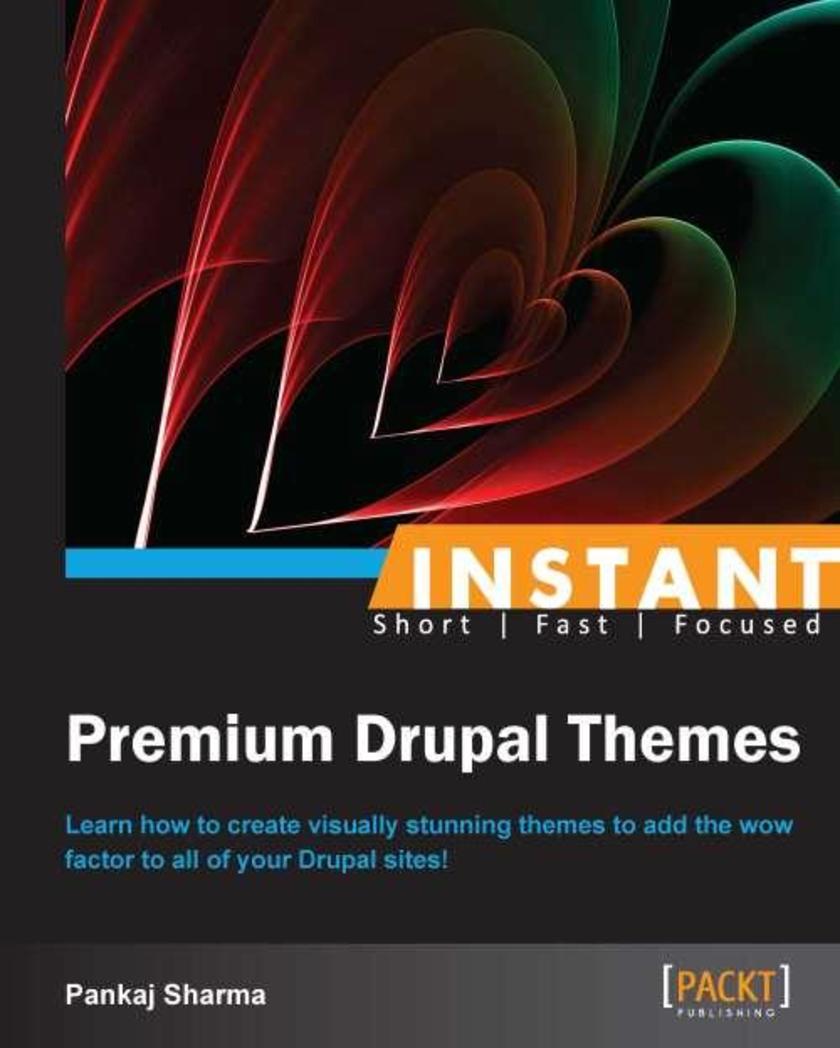
Instant Premium Drupal Themes
¥45.77
Filled with practical, step-by-step instructions and clear explanations for the most important and useful tasks. A step-by-step guide filled with recipes that will show you how to create your very own Drupal themes using HTML.This book is great for developers who are new to Drupal. It is assumed that you have some experience in HTML, PHP, and CSS. You’ll need a PHP (LAMP/WAMP) environment to install Drupal. It is also assumed that you know how to install Drupal. Some familiarity with CMS will be useful but is not essential.
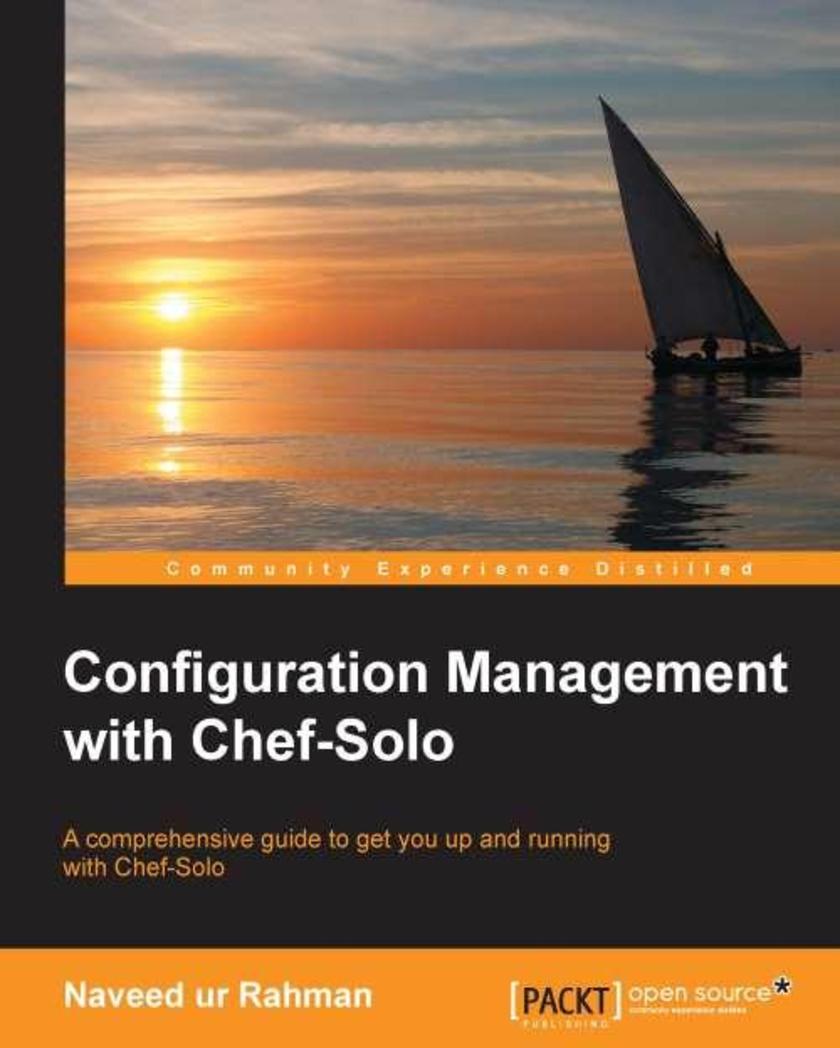
Configuration Management with Chef-Solo
¥41.41
This is a step-by-step guide, full of hands-on examples of real-world deployment tasks. Each topic is explained and placed in context, while also pointing out the key details of the concepts used. This book is aimed at system administrators and system engineers who have an understanding of configuration management tools and infrastructure. For novice administrators, it contains easy-to-use application recipes to get started immediately.
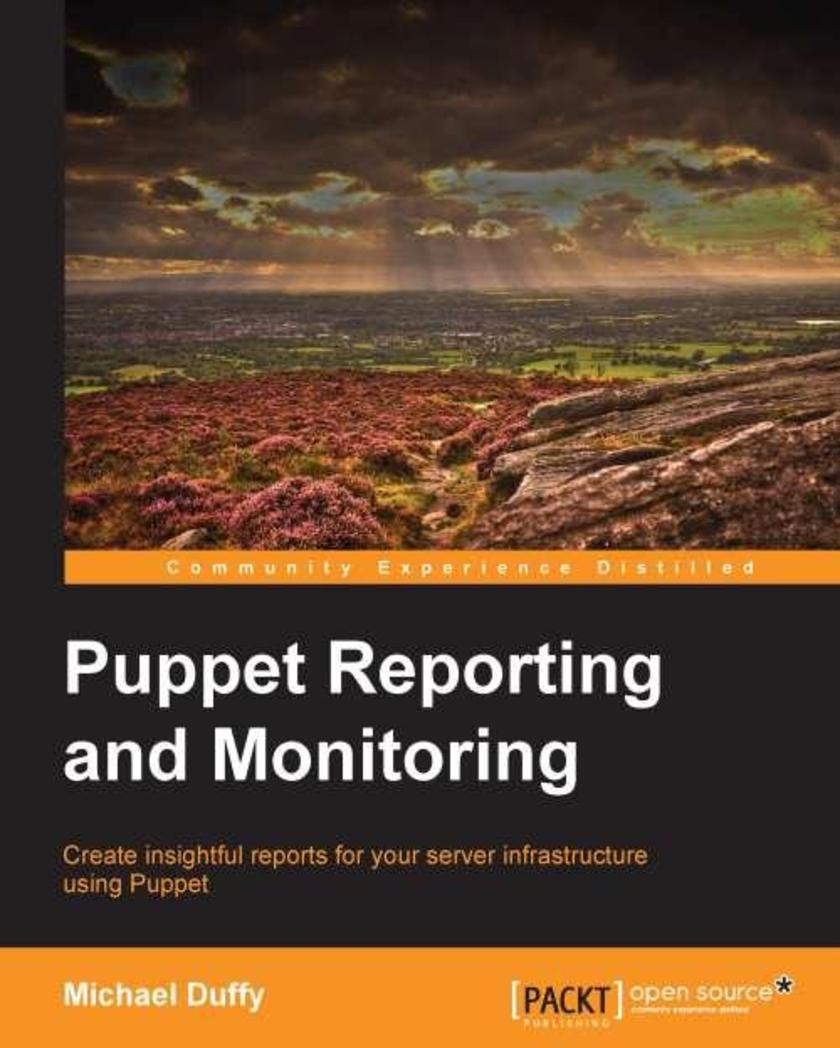
Puppet Reporting and Monitoring
¥54.49
An easy to follow guide with extensive examples to explain Puppet's reporting capabilities to facilitate effective implementation of Puppet in the real world as a reporting tool.If you are a Puppet developer or a system administrator using Puppet, and you want to extend your expertise to manage and optimize your server resources, then this book is for you.
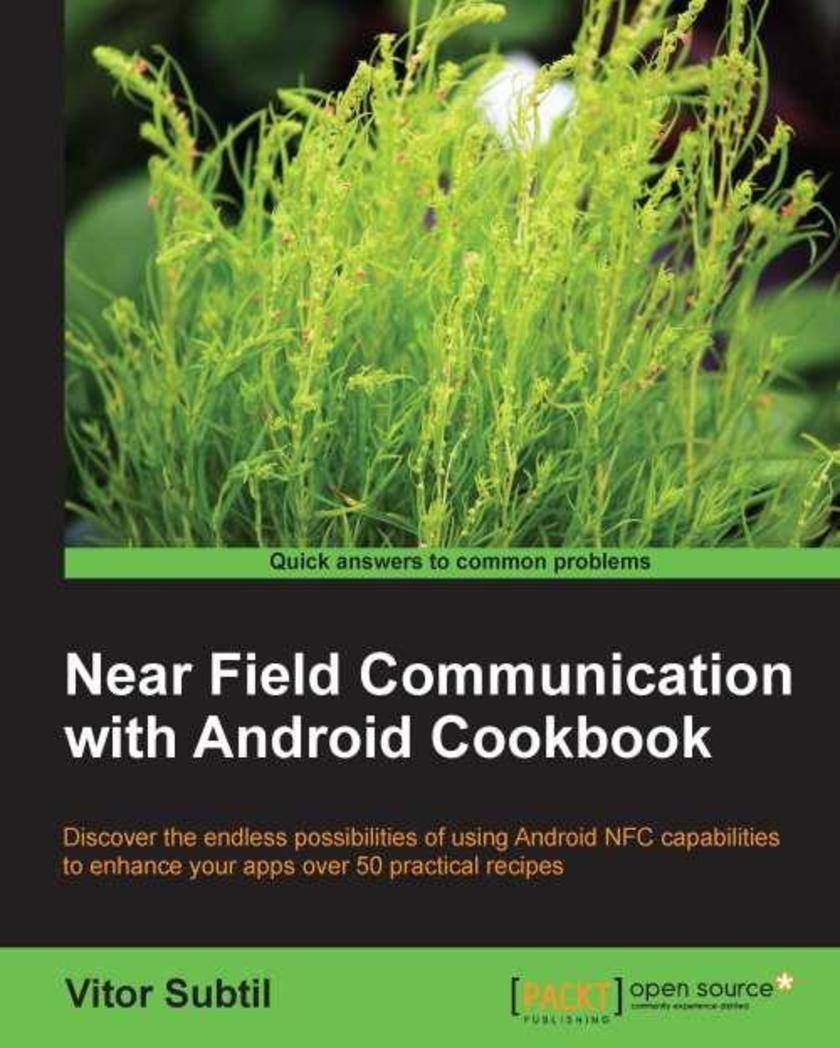
Near Field Communication with Android Cookbook
¥80.65
An easy-to-follow guide, full of hands-on examples of and real-world applications. Each recipe is explained and placed in context. If you want to learn how to create NFC-enabled Android applications, this is the book for you. Perhaps you already know a bit about Android application developments but have never used NFC, or perhaps you know a little about NFC android development but want some more advanced features and examples. In either case, this book will get you up and running quickly. You are expected to have Android programming knowledge.
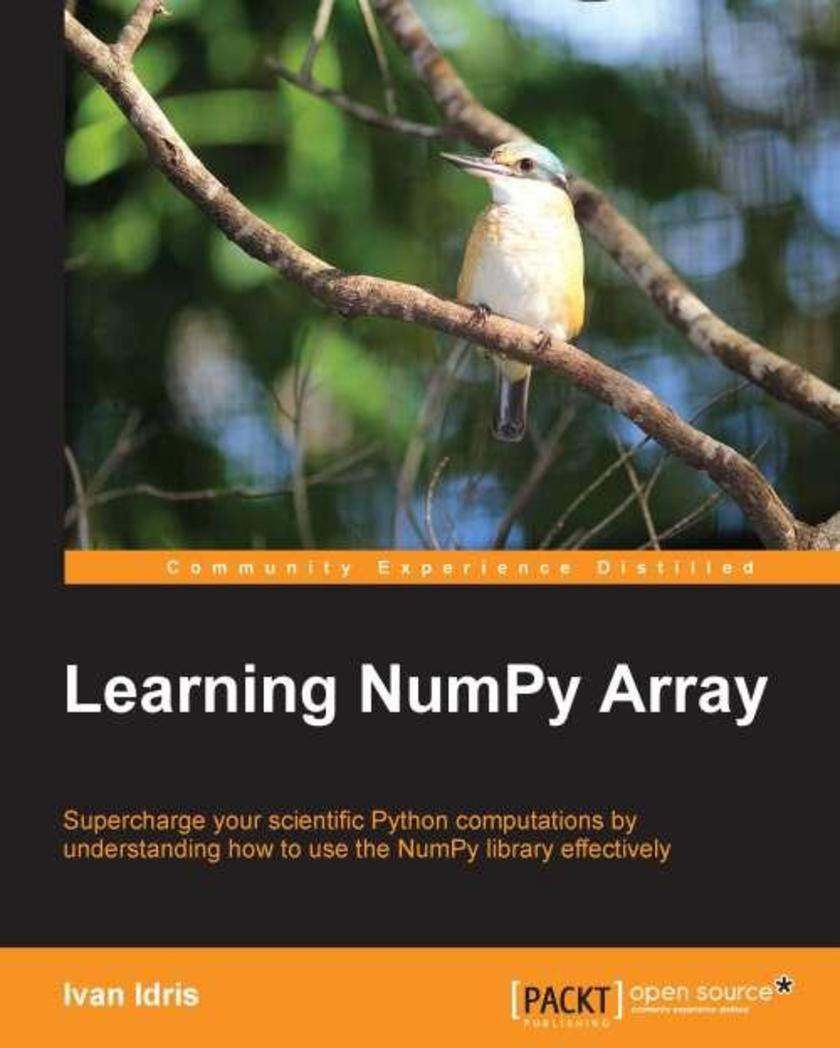
Learning NumPy
¥49.04
A step-by-step guide, packed with examples of practical numerical analysis that will give you a comprehensive, but concise overview of NumPy. This book is for programmers, scientists, or engineers, who have basic Python knowledge and would like to be able to do numerical computations with Python.
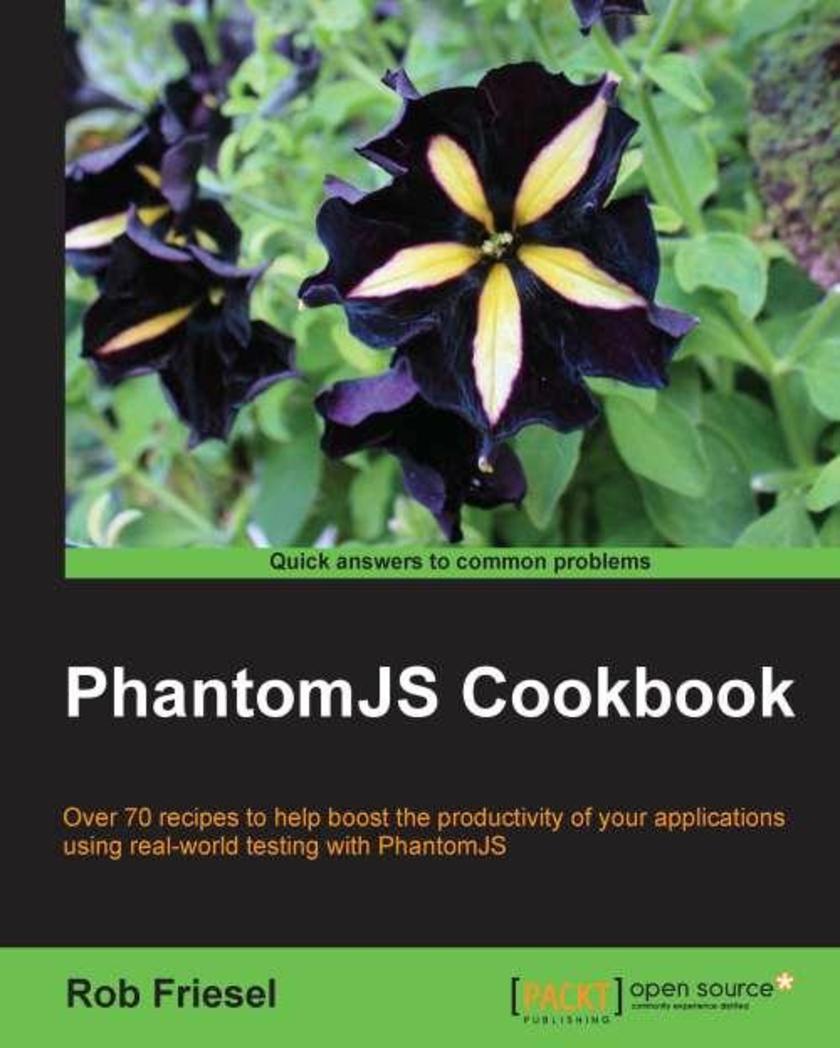
PhantomJS Cookbook
¥75.20
A task-based guide that provides solutions to real-world test automation problems. This book is intended for web development professionals who want to integrate PhantomJS into their development and testing workflows. If you are a web developer looking to run automated unit tests while you work, or perhaps you are a QA engineer looking for a fast test automation utility, then this book is perfect for you. Some prior knowledge of JavaScript would be helpful.
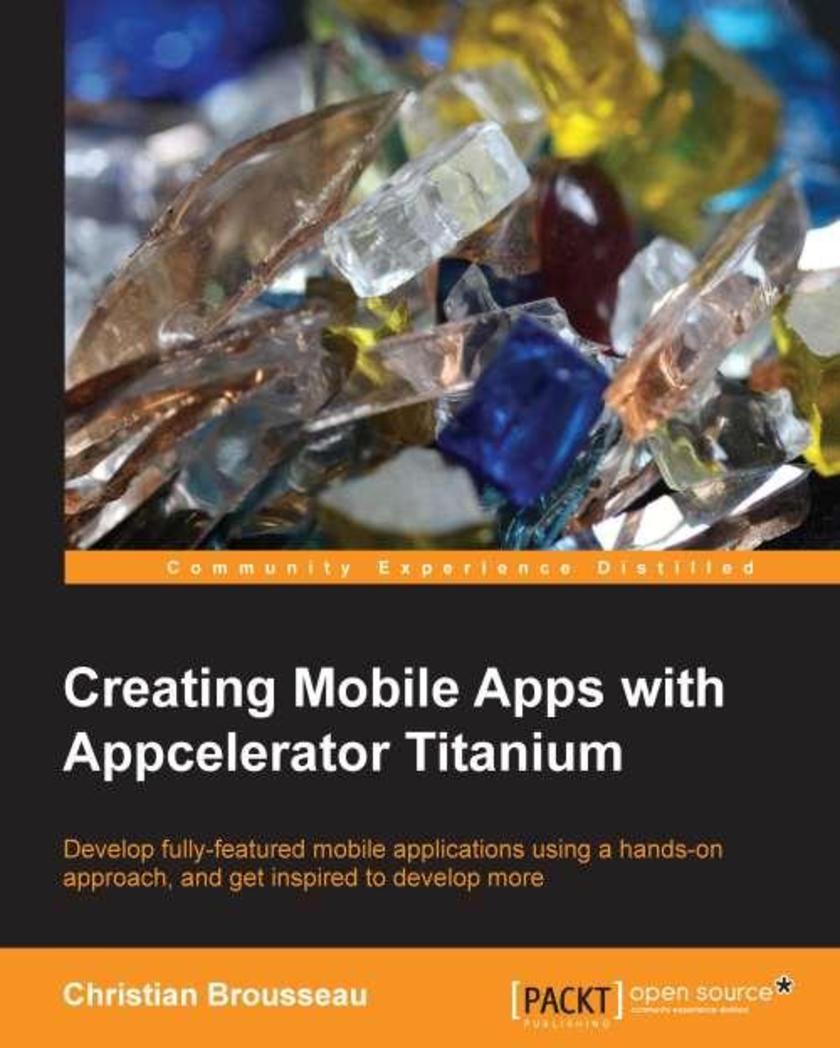
Creating Mobile Apps with Appcelerator Titanium
¥80.65
Creating Mobile Apps with Appcelerator Titanium provides a hands-on approach and working examples on creating apps and games as well as embedding them onto a social networking website. Developers can then move on from there to develop their own applications based on the ones they have developed throughout the course of this book."Creating Mobile Apps with Appcelerator Titanium" is for developers who have experience with modern languages and development environments. Also, if you are familiar with the concepts of Object-oriented Programming (OOP), reusable components, AJAX closures, and so on, this book will help you leverage that knowledge in mobile development.This book will also cater to Titanium users who wish to know more about Titanium’s broad range of capabilities and will help you to expand Titanium's basic set of features by using extension modules.
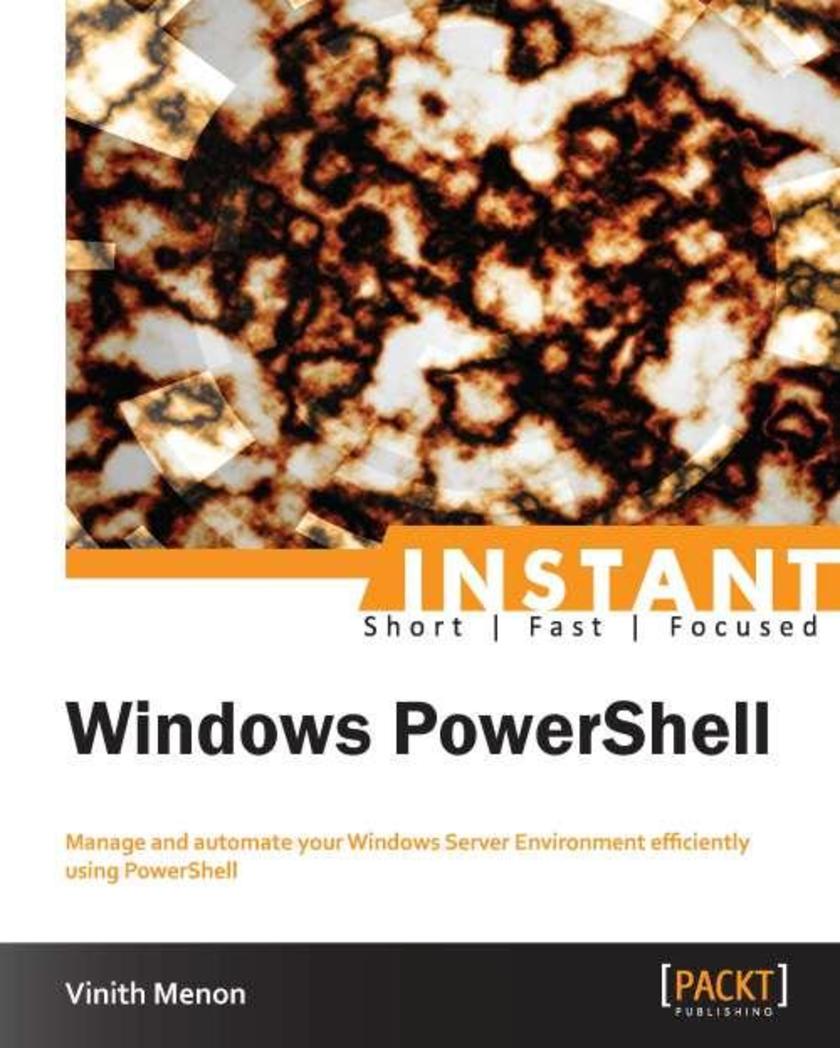
Instant Windows PowerShell
¥50.13
Get to grips with a new technology, understand what it is and what it can do for you, and then get to work with the most important features and tasks. A practical, hands-on tutorial approach that explores the concepts of PowerShell in a friendly manner, taking an adhoc approach to each topic.If you are an administrator who is new to PowerShell or are looking to get a good grounding in these new features, this book is ideal for you. It’s assumed that you will have some experience in PowerShell and Windows Server, as well being familiar with the PowerShell command-line.
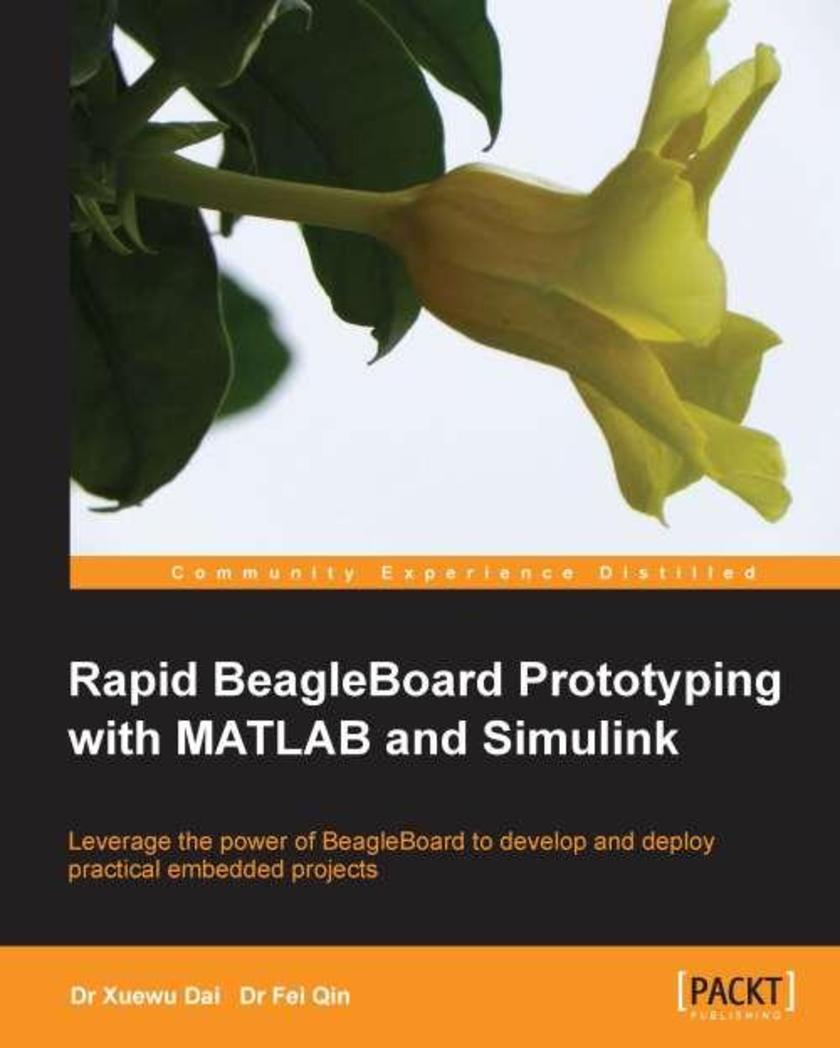
Rapid Beagleboard Prototyping with MATLAB/Simulink
¥54.49
This book is a fast-paced guide with practical, hands-on recipes which will show you how to prototype Beagleboard-based audio/video applications using Matlab/Simlink and Sourcery Codebench on a Windows host.Beagleboard Embedded Projects is great for students and academic researchers who have practical ideas and who want to build a proof-of-concept system on an embedded hardware platform quickly and efficiently. It is also useful for product design engineers who want to ratify their applications and reduce the time-to-market. It is assumed that you are familiar with Matlab/Simulink and have some basic knowledge of computer hardware. Experience in Linux is favoured but not necessary, as our software development is purely on a Windows host.
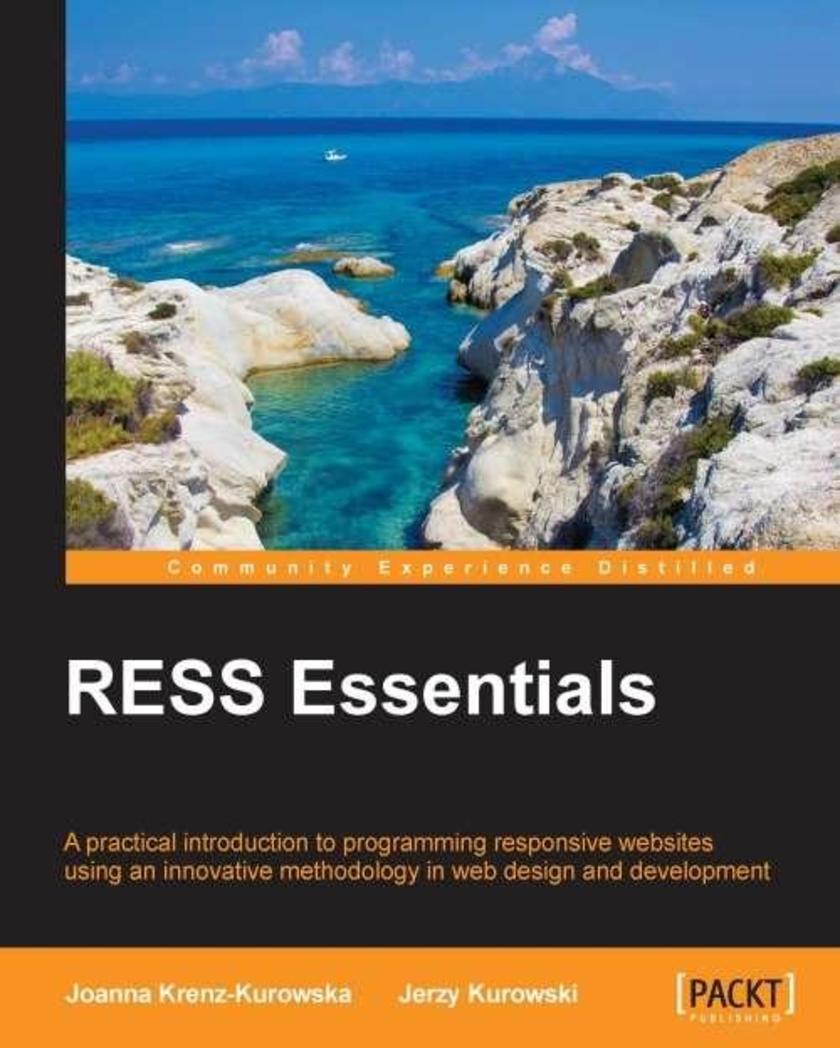
RESS Essentials
¥54.49
This is a step-by-step, practical guide which will introduce you to RESS and its key features.This book is aimed primarily at web developers interested in writing applications that leverage both client- and server-side code to optimise content for various devices.

Implementing OpenShift
¥54.49
A standard tutorial-based approach to using OpenShift and deploying custom or pre-built web applications to the OpenShift Online cloud.This book is for software developers and DevOps alike who are interested in learning how to use the OpenShift Platform-as-a-Service for developing and deploying applications, how the environment works on the back end, and how to deploy their very own open source Platform-as-a-Service based on the upstream OpenShift Origin project.
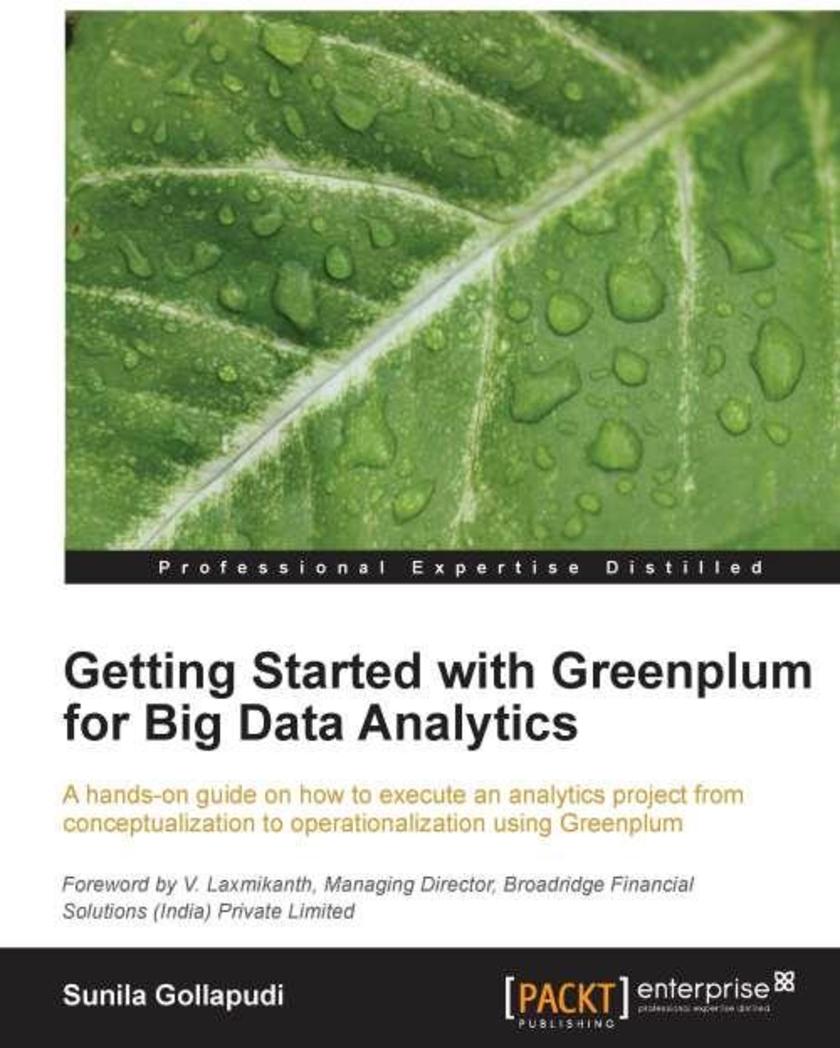
Getting Started with Greenplum for Big Data Analytics
¥71.93
Standard tutorial-based approach."Getting Started with Greenplum for Big Data" Analytics is great for data scientists and data analysts with a basic knowledge of Data Warehousing and Business Intelligence platforms who are new to Big Data and who are looking to get a good grounding in how to use the Greenplum Platform. It’s assumed that you will have some experience with database design and programming as well as be familiar with analytics tools like R and Weka.
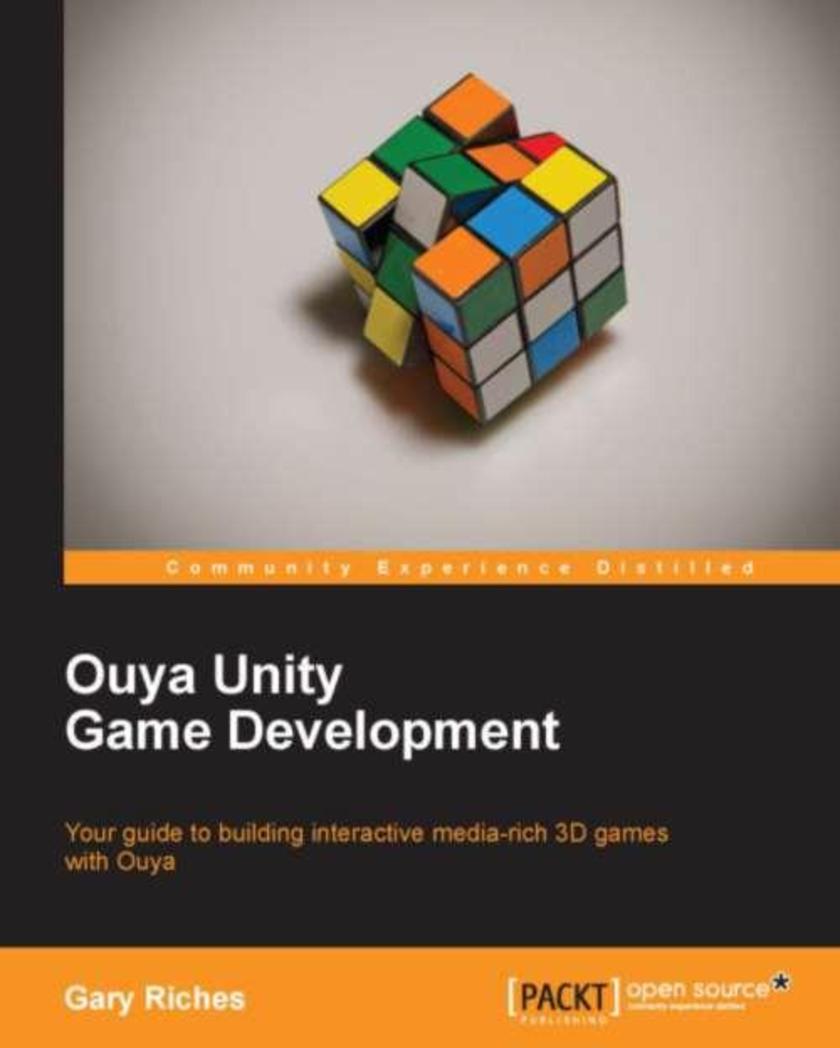
Ouya Unity Game Development
¥54.49
A clear, concise, and practical guide that will teach you how to build your own console game and become an indie developer.This book is for game developers who are interested in developing games for the Ouya console on the Unity game engine. It is assumed that you have a basic understanding of Unity.
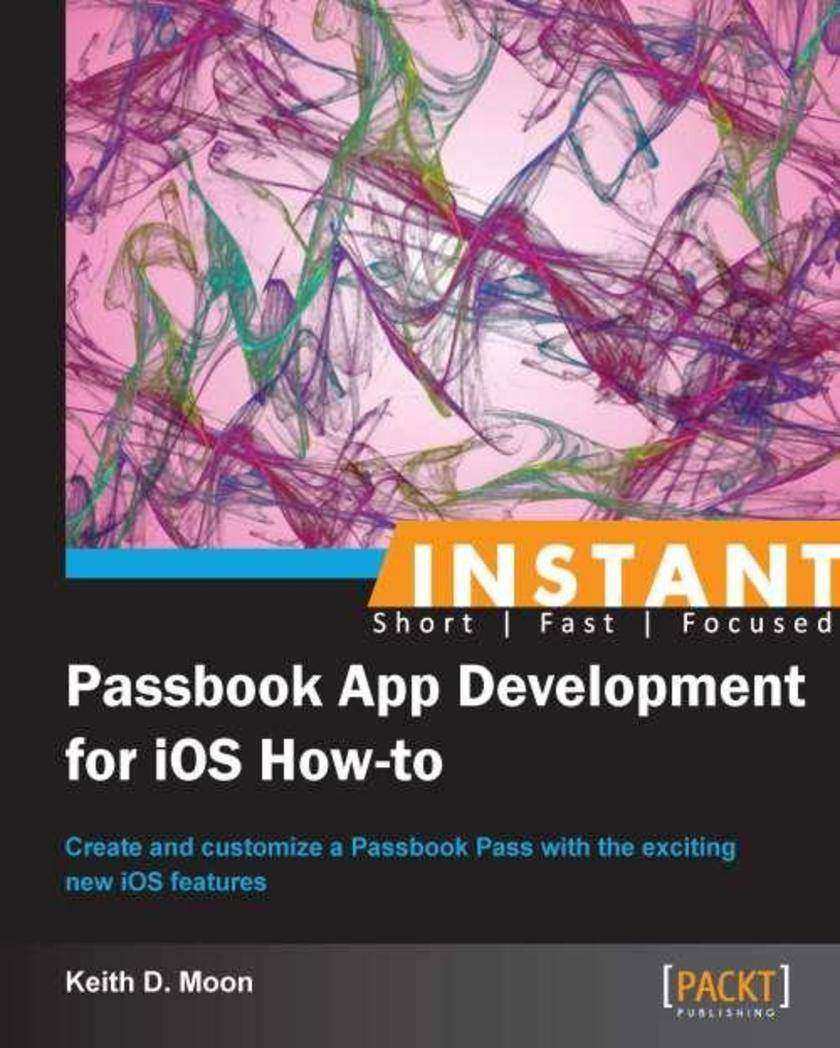
Instant Passbook App Development for iOS How-to
¥35.96
Filled with practical, step-by-step instructions and clear explanations for the most important and useful tasks. A step-by-step guide, focusing on simple projects to help you create a Passbook app for iOS 6.Instant Passbook App Development for iOS 6 How-to is for registered Apple iOS developers, experienced in building an app using Objective-C and Xcode, looking to add Passbook functionality to their app. You will need to have an understanding of the JSON format, REST APIs, and a server-side language like Ruby. Familiarity with executing commands via the Terminal app is expected for the exercises within this book.
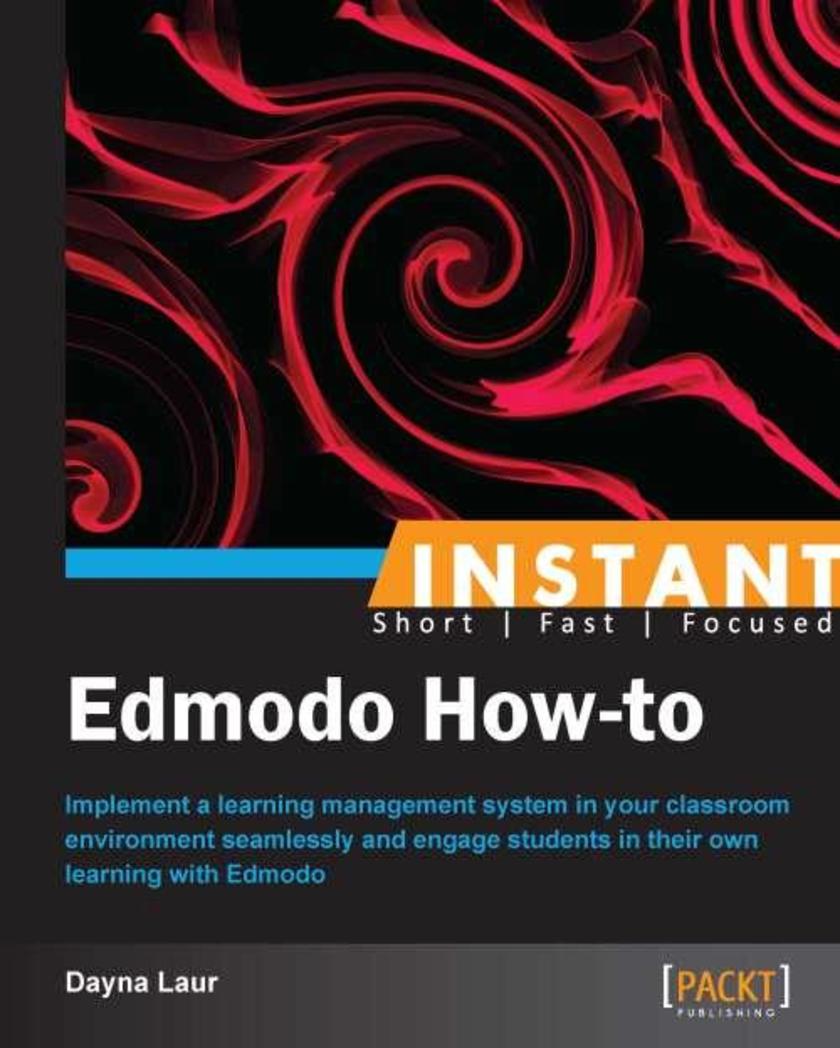
Instant Edmodo How-to
¥35.96
Filled with practical, step-by-step instructions and clear explanations for the most important and useful tasks. Full of illustrative screenshots, tips, and step-by step recipes, it’s a practical guide to implementing a learning management system for students in their classroom environment.The book is for educators who are looking to implement a learning management system in their classroom that will engage students, incorporate technology in a meaningful way, link parents in the learning, and provide opportunities for connections to a wider global community of educators.

Drupal for Education and ELearning (2nd Edition)
¥99.18
With clear instructions and plenty of screenshots, this book provides all the support and guidance you will need as you begin to create your classroom website. Step-by-step tutorials show you how to use Drupal in the most efficient and effective ways possible. People new to Drupal will find a good introduction of the basics; while more experienced users will learn useful tips and tricks for using Drupal in a classroom context.If you are an teacher, tutor or an educator who wants to build a website for your classroom, be it elementary or any higher education, "Drupal 7 for Education and E-Learning (2nd Edition)" will guide you in achieving your goal at every step. No experience with programming languages, HTML, or CSS is needed to understand the examples in this book.
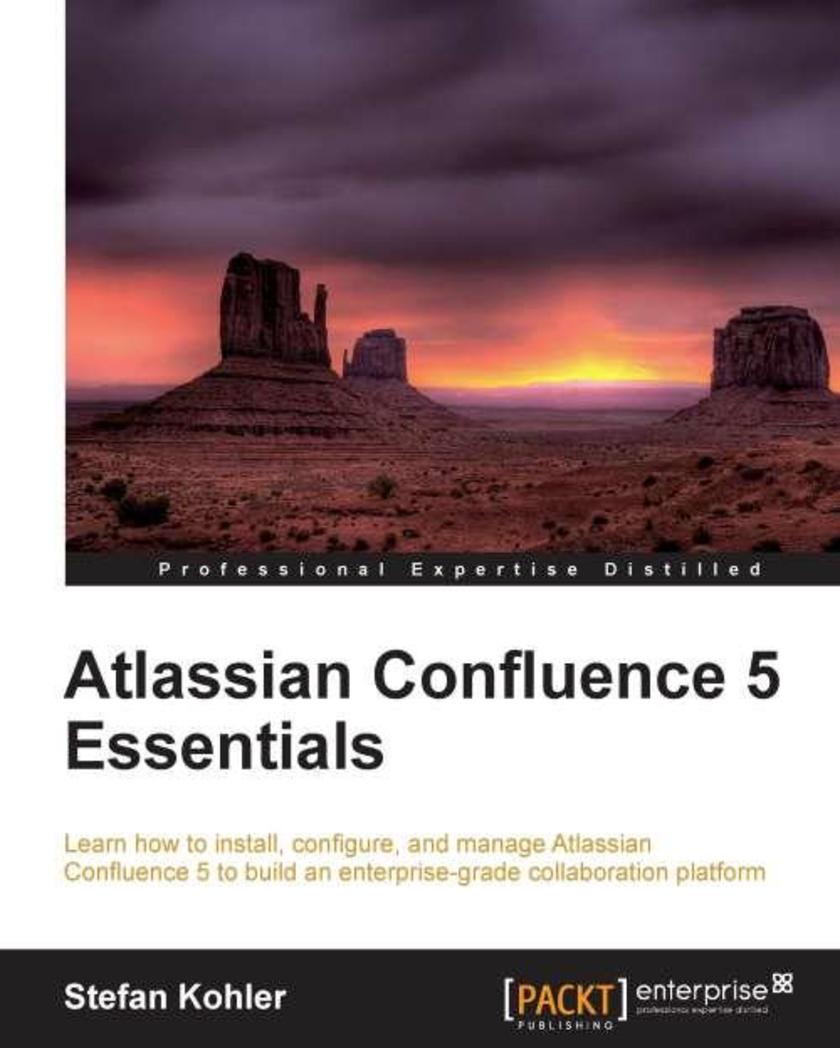
Atlassian Confluence 5 Essentials
¥90.46
Atlassian Confluence 5 Essentials is written in a friendly, tutorial style packed full of practical information to help get you started with Confluence and collaborating on projects more efficiently.If you just started with Confluence, as a user or administrator, this book will give you a running start and teach you everything you need to know. This book will also appeal to veteran users as it will give you new insights and tricks for how to use Confluence even more efficiently. All you need to get started with this book is some basic knowledge on how to use an Internet browser. As an administrator, you will need some basic knowledge about your organization’s standard operating environment to install Confluence.
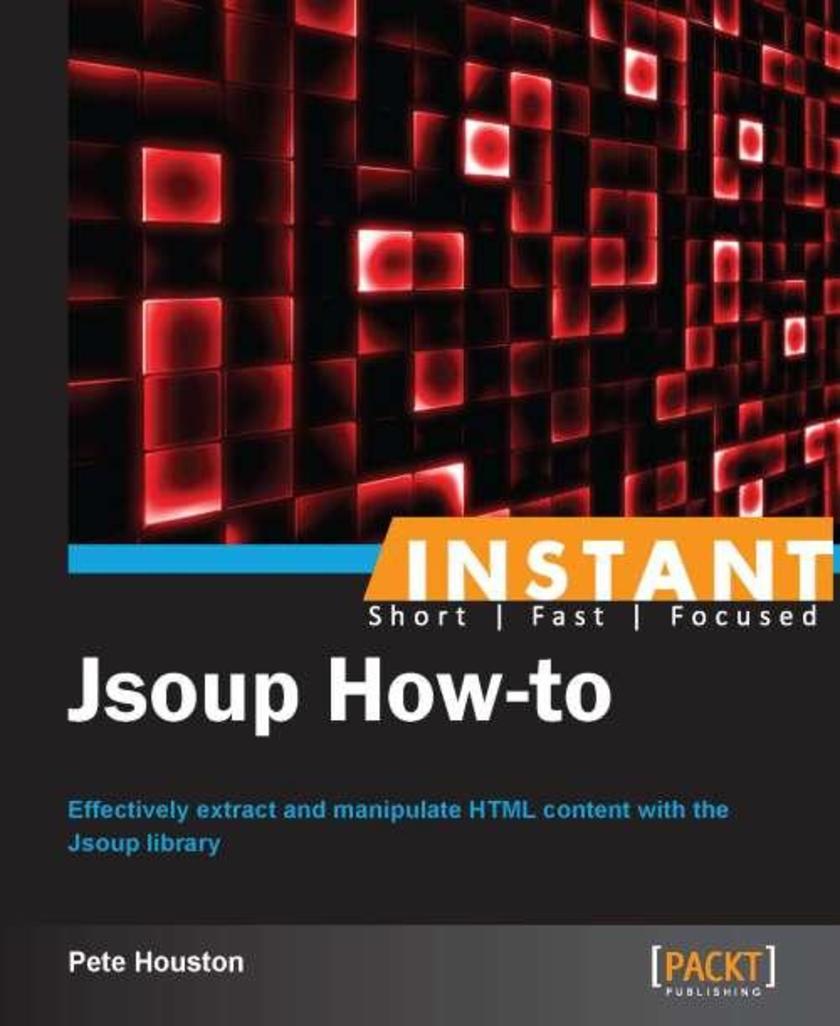
Instant Jsoup How-to
¥41.41
Filled with practical, step-by-step instructions and clear explanations for the most important and useful tasks. This book will take a how-to approach, focusing on recipes that demonstrate Jsoup.If you are working in data scraping, data crawling, or within a similar area using Java, then this book is the one for you. This book acts as a fast-paced and simple guide to enhance your HTML data manipulating skills using one of the most well-known libraries, Jsoup.

Microsoft Dynamics CRM 2011 Cookbook
¥107.90
This is a Cookbook with recipes aimed at all levels with lots of practical walkthroughs for virtualization techniques.This book is great for Dynamics CRM 2011 professionals who have a beginner level understanding of the system and are looking to get a good grounding in how to deploy, maintain, configure, and customize a Dynamics CRM 2011 application efficiently. It’s assumed that the reader has a basic level understanding of IT infrastructure topologies along with functional knowledge of Dynamics CRM 2011 Sales, Marketing, and Services modules.
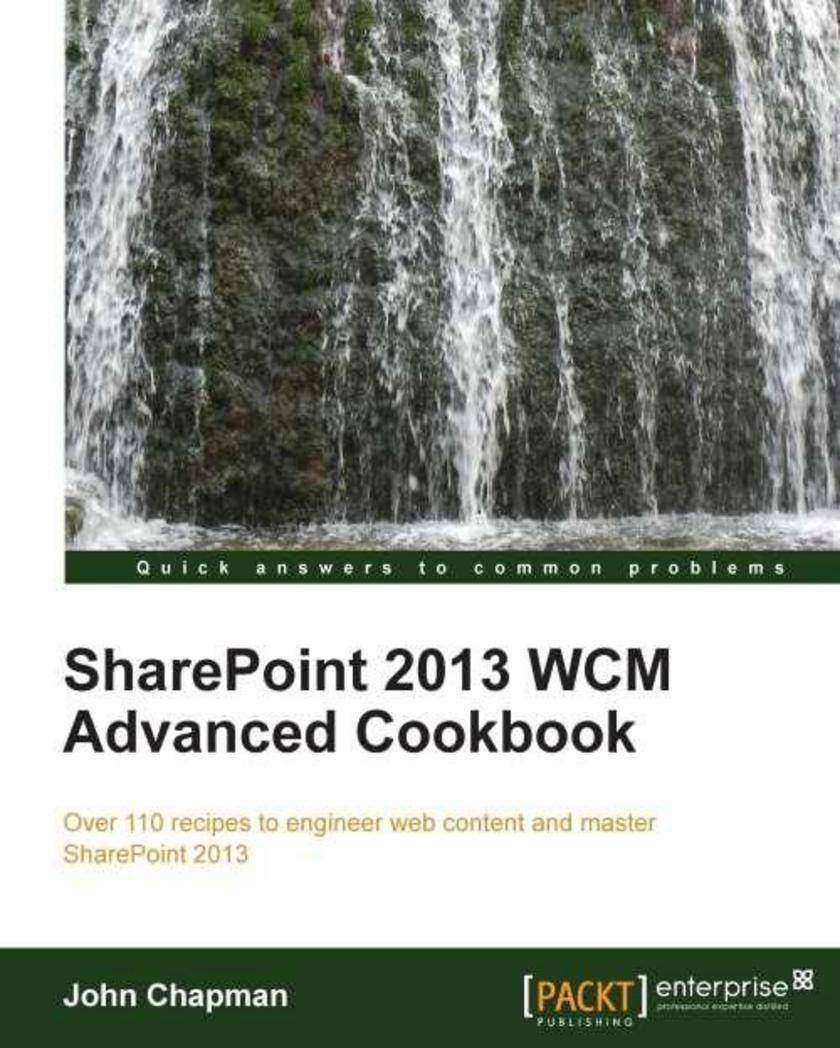
SharePoint 2013 WCM Advanced Cookbook
¥99.18
You will be led carefully stepbystep through a detailed set of recipes. This book focuses on web content management using Microsoft SharePoint 2013 server. The practical examples are built logically throughout the chapters to create a common theme. This book is ideal for developers who want to broaden their understanding of the web content management features available with SharePoint 2013. It is assumed that you already have some experience using SharePoint and developing web content. Experience with Microsoft PowerShell and coding C# with Visual Studio will also be helpful, but is not essential.
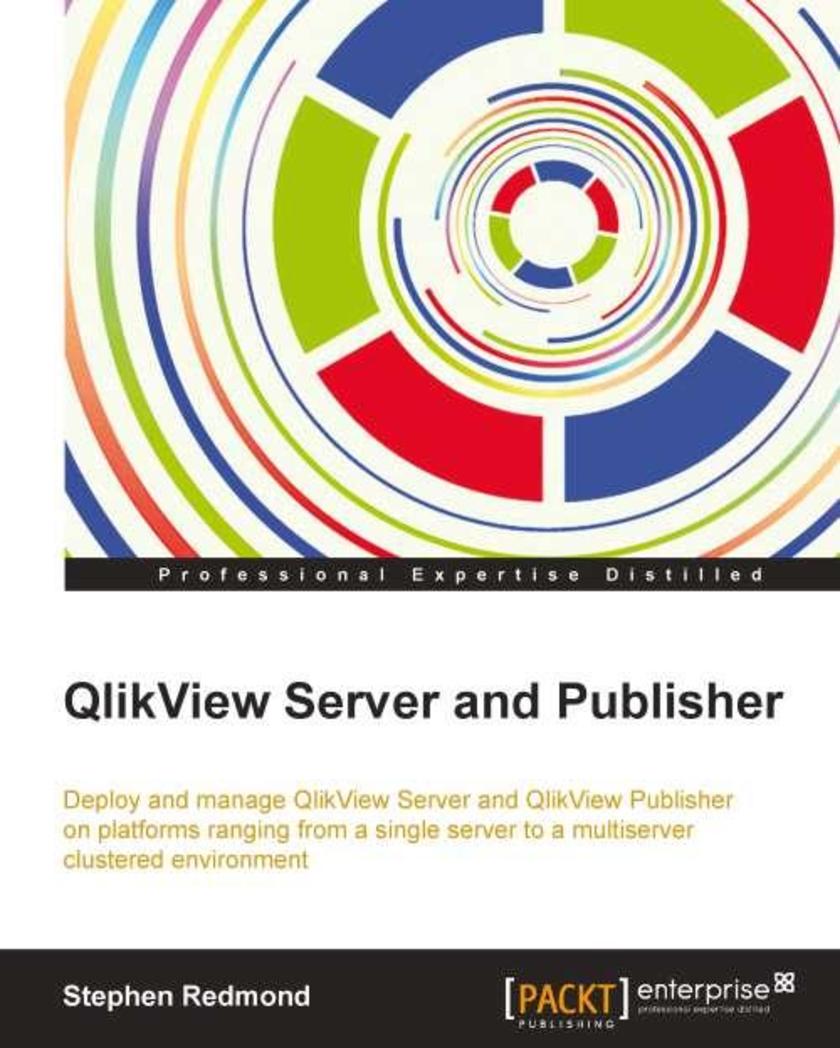
QlikView Server and Publisher
¥63.21
This is a comprehensive guide with a stepbystep approach that enables you to host and manage servers using QlikView Server and QlikView Publisher. If you are a server administrator wanting to learn about how to deploy QlikView Server for server management,analysis and testing, and QlikView Publisher for publishing of business content then this is the perfect book for you. No prior experience with QlikView is expected.




 购物车
购物车 个人中心
个人中心



